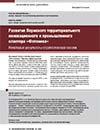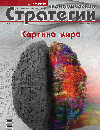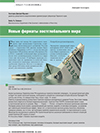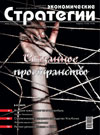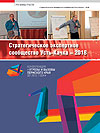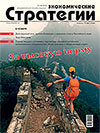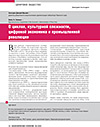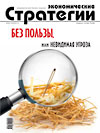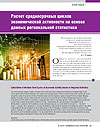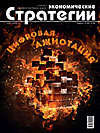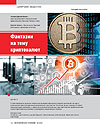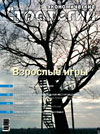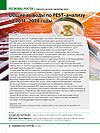Developing the Perm Territorial Innovation and Industrial Cluster “Photonics”. Some Results of the Strategic Session
DOI: 10.33917/es-1.167.2020.18-23
On February 22-24, 2019 in the village of Kulikovka, the Perm Territory, on the basis of JSC Perm Scientific Industrial Instrument-Making Company a strategic session aimed at formation of the “Photonics” cluster was held. As a basic concept for the session, the concept of a complete technology package was chosen. As the format of the event was used the format “Strategic Expert Community Ust-Kachka (UK)”, positioned by a number of experts as a new-generation thought factory. The expert pool included leading specialists of the PNPPK, providing operation of the territorial innovation and industrial cluster “Photonics”, representatives of the leading Russian scientific institutions in the field of photonics, representatives of federal authorities responsible for forming sectoral and cluster policies in the Russian Federation, corporate and banking community (VEB), as well as synthetic experts (CC system specialists).



